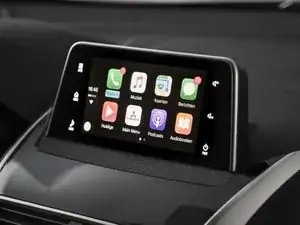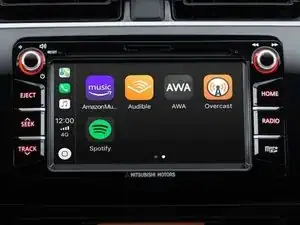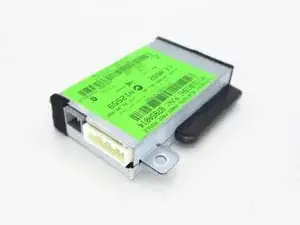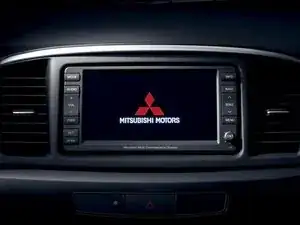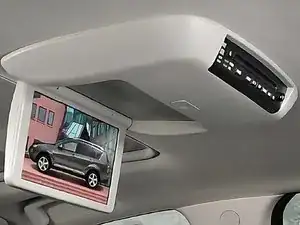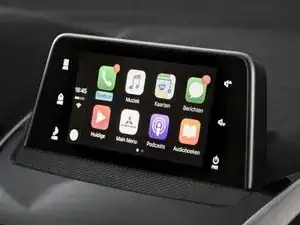Background
The evolution of Mitsubishi In-Vehicle Infotainment Systems traces back to the early 2000s when the demand for advanced automotive technology started to grow rapidly. Mitsubishi recognized the need to integrate various functions into a single interface, offering seamless connectivity and entertainment options to drivers and passengers.
The early systems focused primarily on audio playback, incorporating CD players, AM/FM radios, and auxiliary input options. However, as technology progressed, Mitsubishi expanded the capabilities of their infotainment systems by incorporating advanced features like touchscreen displays, Bluetooth connectivity, USB ports, and smartphone integration.
In recent years, Mitsubishi has embraced the growing trend of connectivity and internet-based services. Their infotainment systems now provide access to a variety of digital platforms, including streaming music services, real-time traffic information, voice-activated controls, and hands-free calling. Additionally, Mitsubishi has partnered with major technology companies to integrate popular smartphone applications into their infotainment systems.
